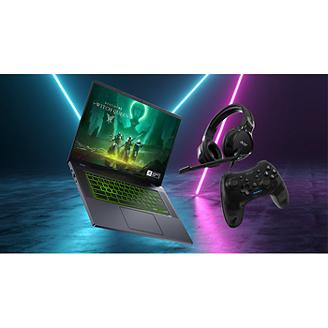Hi,
I have an Acer laptop with both AMD and NVIDIA GPUs. After updating both the AMD and NVIDIA drivers to the latest versions, my laptop stopped booting properly. It shows the Acer logo, then the screen stays black — no login screen or desktop. However, if I plug in an external monitor via HDMI, everything works fine.
I’ve discovered that the issue only happens when Optimus (hybrid graphics) is enabled. When I change the display mode in BIOS to “NVIDIA GPU only”, the laptop screen works normally again an
This makes me think that the AMD GPU (which is likely responsible for the internal screen in Optimus mode) no longer properly recognizes or controls the display after the driver update.
I would prefer to use Optimus for better battery life, but right now it makes the system unusable unless I use an external display or switch to GPU-only mode.
[Edited the thread to add model name to the title]








